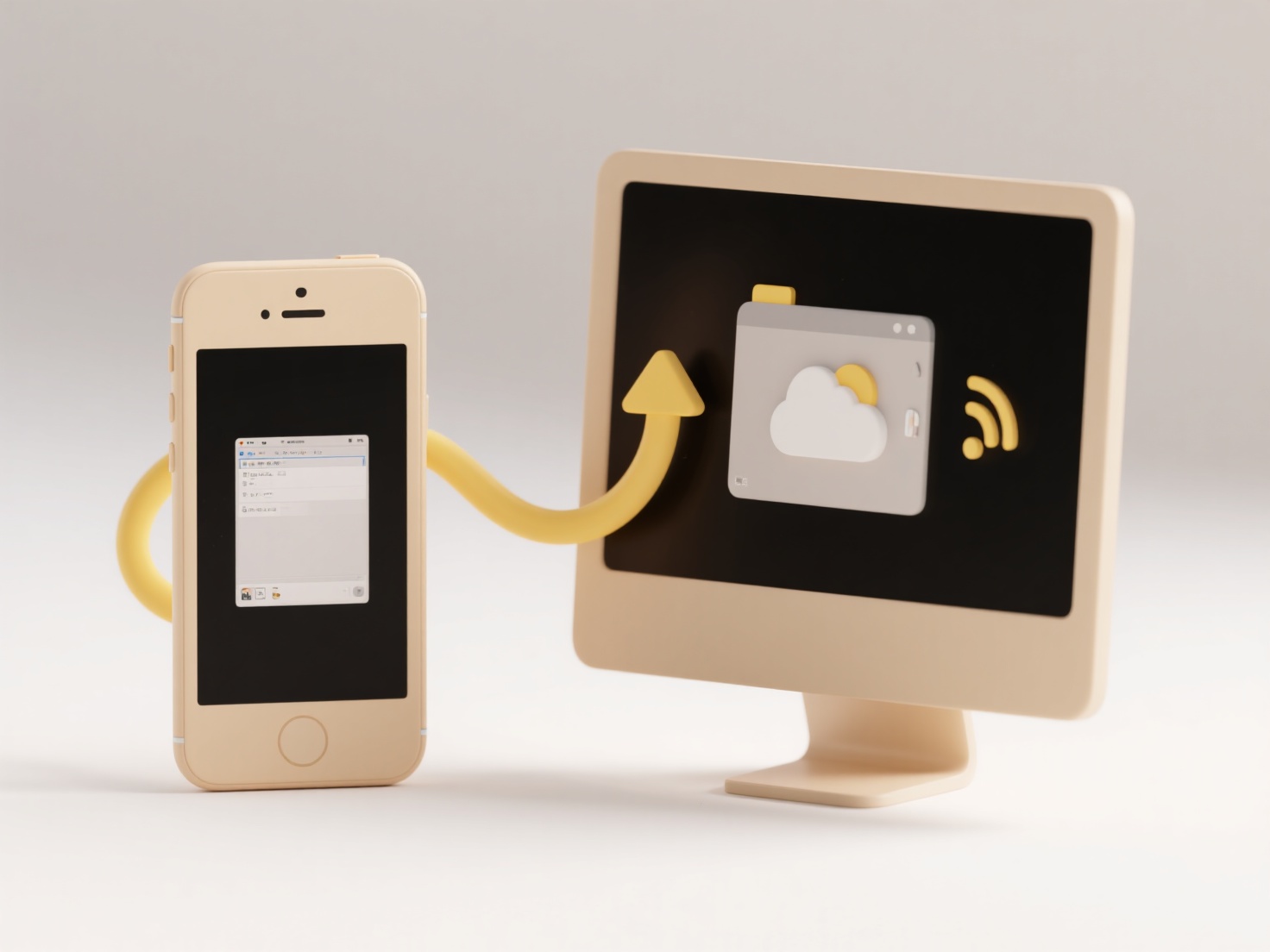
Exporting a project refers to converting the work you've created within the application into a standalone file or set of files that can be used outside the app. This process gathers all your edits, assets, and settings, translating them into a format readable by other software or systems, distinct from simply saving a native working file only usable within the original app. The goal is to create a portable version you can share, archive, or edit elsewhere.
Common examples include exporting a video editing project as an MP4 file for sharing online or converting a document layout into a PDF for printing. Graphic designers often export designs from apps like Photoshop to PNG or JPEG for web use, while audio engineers export their mix from tools like Audacity as an MP3 or WAV file for distribution.

This provides crucial data portability and flexibility, allowing collaboration and ensuring your work exists beyond the specific app. Limitations often arise from format options – not all target formats preserve every editable element, potentially flattening layers or restricting future changes. Future developments may aim for richer cross-application compatibility to reduce these constraints.
How do I export my project from the app?
Exporting a project refers to converting the work you've created within the application into a standalone file or set of files that can be used outside the app. This process gathers all your edits, assets, and settings, translating them into a format readable by other software or systems, distinct from simply saving a native working file only usable within the original app. The goal is to create a portable version you can share, archive, or edit elsewhere.
Common examples include exporting a video editing project as an MP4 file for sharing online or converting a document layout into a PDF for printing. Graphic designers often export designs from apps like Photoshop to PNG or JPEG for web use, while audio engineers export their mix from tools like Audacity as an MP3 or WAV file for distribution.

This provides crucial data portability and flexibility, allowing collaboration and ensuring your work exists beyond the specific app. Limitations often arise from format options – not all target formats preserve every editable element, potentially flattening layers or restricting future changes. Future developments may aim for richer cross-application compatibility to reduce these constraints.
Quick Article Links
Is it better to use software or manual sorting for photo organization?
Is it better to use software or manual sorting for photo organization? Organizing photos manually involves individuall...
Can I use emulators to open certain file types?
An emulator recreates the functionality of a specific hardware or software system within another environment. While emul...
Can I search remote file systems over VPN or SSH?
Searching remote file systems over VPN or SSH is indeed possible, though the method depends on the technology. A VPN ext...